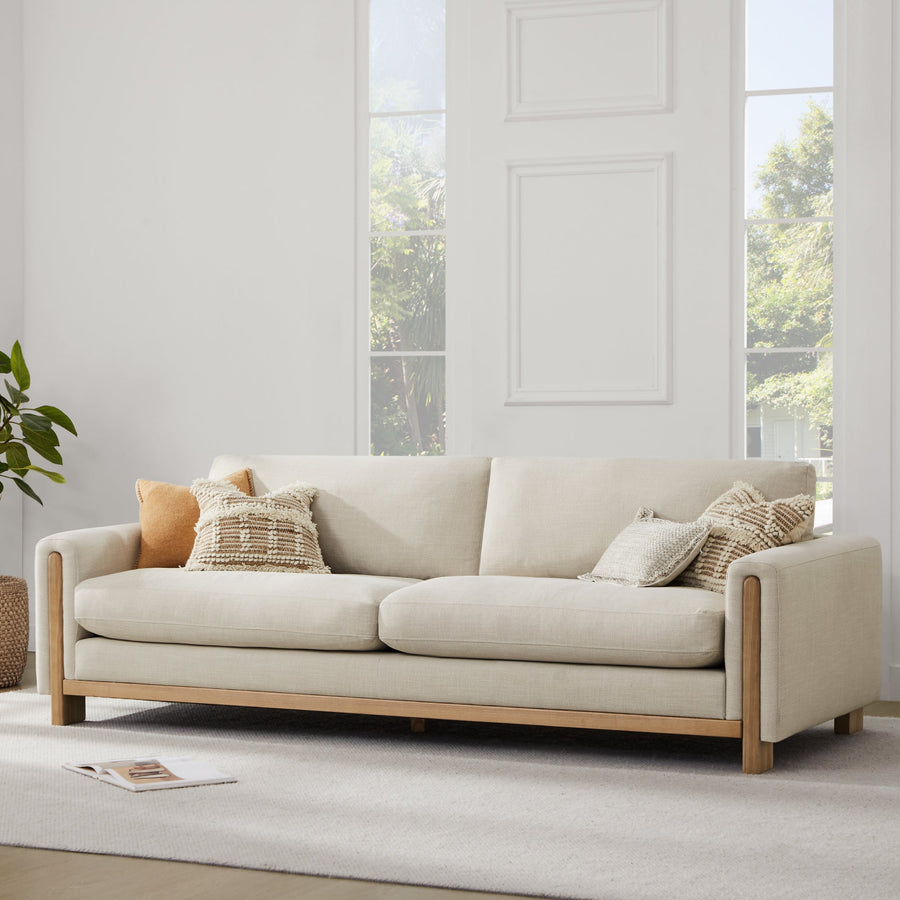Top Tips for Upholstering Your Sofa with DIY Fabric
Corps
Upholstering your sofa with DIY fabric can be a rewarding and cost-effective way to breathe new life into your furniture. Whether you're a seasoned DIY enthusiast or a beginner looking to try your hand at upholstery, these top tips will guide you through the process with ease and confidence.

1. Choose the Right Fabric
The first step in upholstering your sofa is selecting the appropriate fabric. Consider the durability, texture, and color of the fabric. For high-traffic areas, opt for durable materials like canvas or denim. If you prefer a softer feel, velvet or chenille might be more suitable. Remember, the fabric should complement your existing décor while also being practical for everyday use.
2. Gather Your Tools and Materials
Before you begin, ensure you have all the necessary tools and materials. This includes a staple gun, upholstery tacks, fabric scissors, a measuring tape, and a sewing machine. Having everything on hand will make the process smoother and more efficient. Additionally, consider using a foam cushion or batting to add extra comfort to your sofa.
3. Take Accurate Measurements
Accurate measurements are crucial for a professional-looking finish. Measure each section of your sofa, including the back, arms, and seat cushions. Add a few extra inches to each measurement to account for seams and tucking. This will ensure you have enough fabric to work with and avoid any frustrating shortages.
4. Remove the Old Fabric
Carefully remove the old fabric from your sofa. Use a staple remover or pliers to take out the staples or tacks. Take note of how the fabric was attached, as this will guide you when attaching the new fabric. Keep the old fabric pieces as templates for cutting your new fabric.
5. Cut and Attach the New Fabric
Using the old fabric as a template, cut your new fabric pieces. Lay the fabric over each section of the sofa and smooth out any wrinkles. Start by attaching the fabric to the back of the sofa, working your way to the front. Use a staple gun to secure the fabric, pulling it taut as you go. For a polished look, fold the edges of the fabric under before stapling.
6. Pay Attention to Details
Details make all the difference in upholstery. Ensure your seams are straight and your fabric is evenly stretched. Use upholstery tacks to secure any loose areas and create a finished look. If your sofa has buttons or tufting, reattach them using a needle and thread. These small touches will elevate the overall appearance of your sofa.
7. Add Finishing Touches
Once the fabric is securely attached, add any finishing touches. This could include decorative trim, piping, or nailhead trim. These elements can enhance the aesthetic of your sofa and give it a custom, high-end look. Don't be afraid to get creative and personalize your piece.
8. Maintain Your Newly Upholstered Sofa
To keep your newly upholstered sofa looking its best, follow proper maintenance practices. Vacuum regularly to remove dust and debris. Spot clean any spills immediately to prevent stains. Consider using a fabric protector to add an extra layer of defense against everyday wear and tear.
By following these top tips for upholstering your sofa with DIY fabric, you can transform your furniture into a stylish and comfortable centerpiece for your home. With a little patience and attention to detail, you'll achieve a professional-looking result that you can be proud of.










commentaires